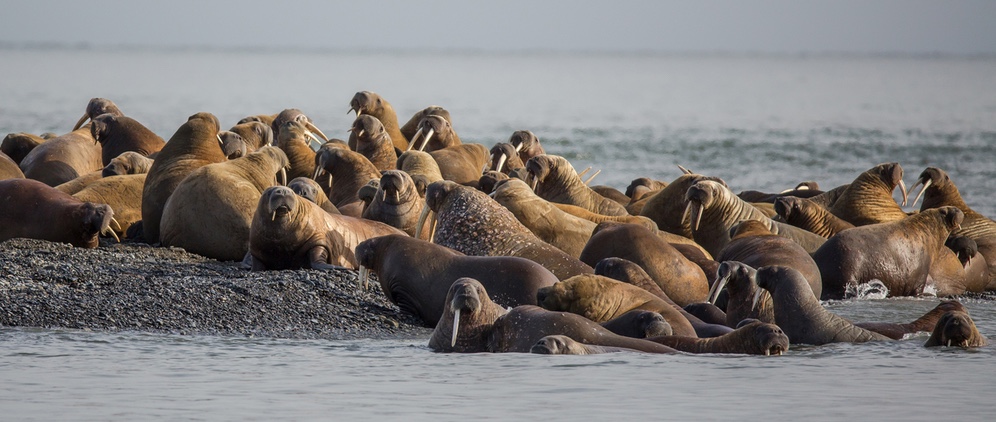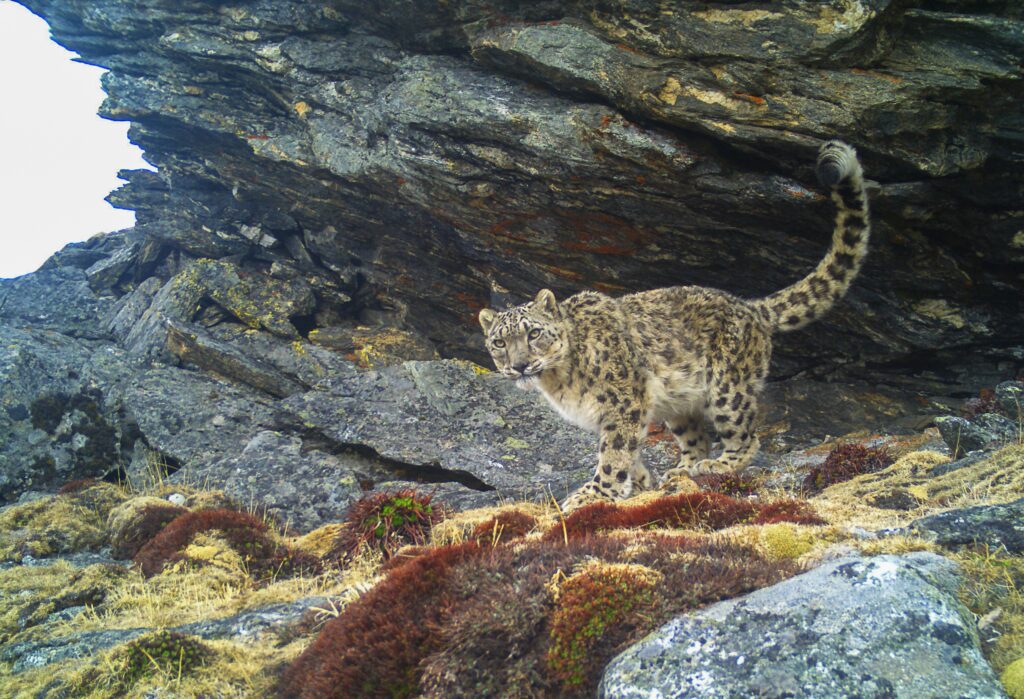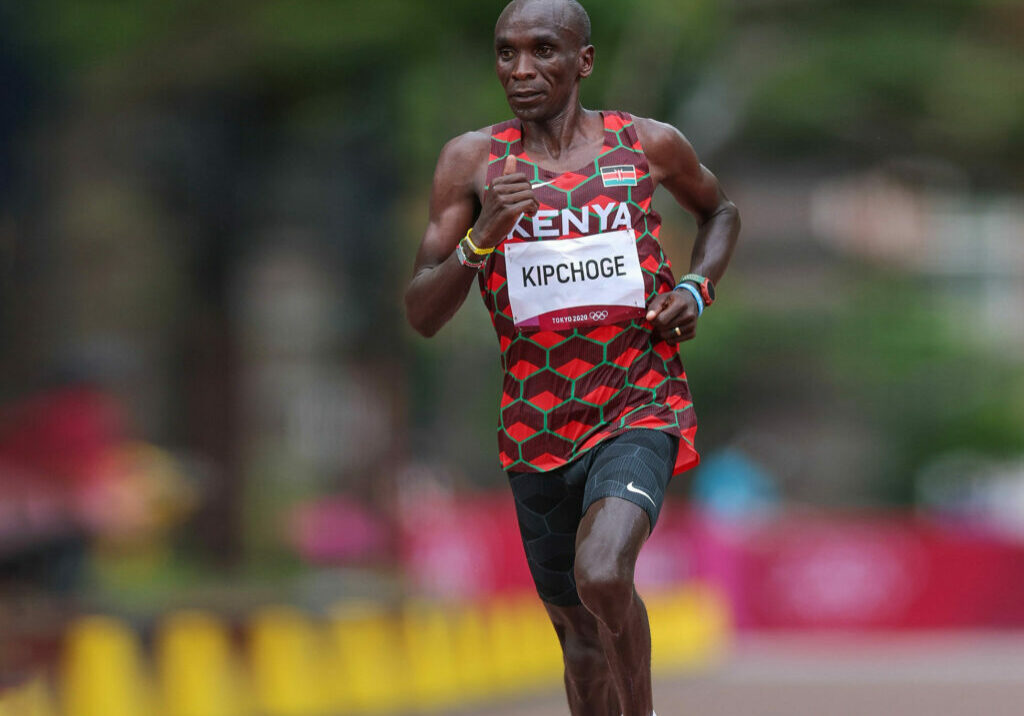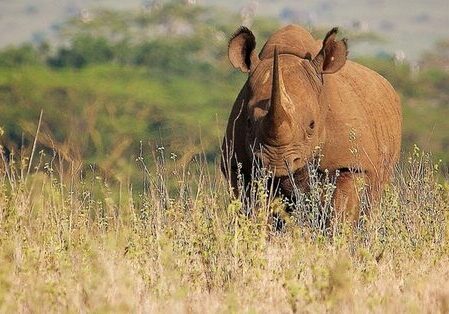The Maasai people have coexisted with the region’s elephants, lions and other wildlife for centuries. But things are changing. The human population has been growing, and fences, roads and agricultural land are appearing across the landscape.
The loss of natural habitats has led to increased contact between people and wildlife. Elephants raiding crops or predators like lions killing livestock can devastate people’s livelihoods, and can lead to retaliatory killings.
On top of this, droughts are becoming more severe as a result of climate change, while Covid-19 wiped out the ecotourism income that was a lifeline for many.
Against this backdrop, in late 2020 we launched a fundraising campaign to help launch our ambitious, cross-border Land for Life project. Thanks to your generosity, we raised an amazing £4.76 million, including £2 million in match funding from the UK government.
Organised with our colleagues in Kenya and Tanzania, Land for Life aims to improve the wellbeing of 27,000 people across an area of over 8,400 sq km – about the size of North Yorkshire.
Your funding boost allowed us to offer support for the project and our partners on the ground, African People & Wildlife (APW) and the South Rift Association of Land Owners (SORALO).
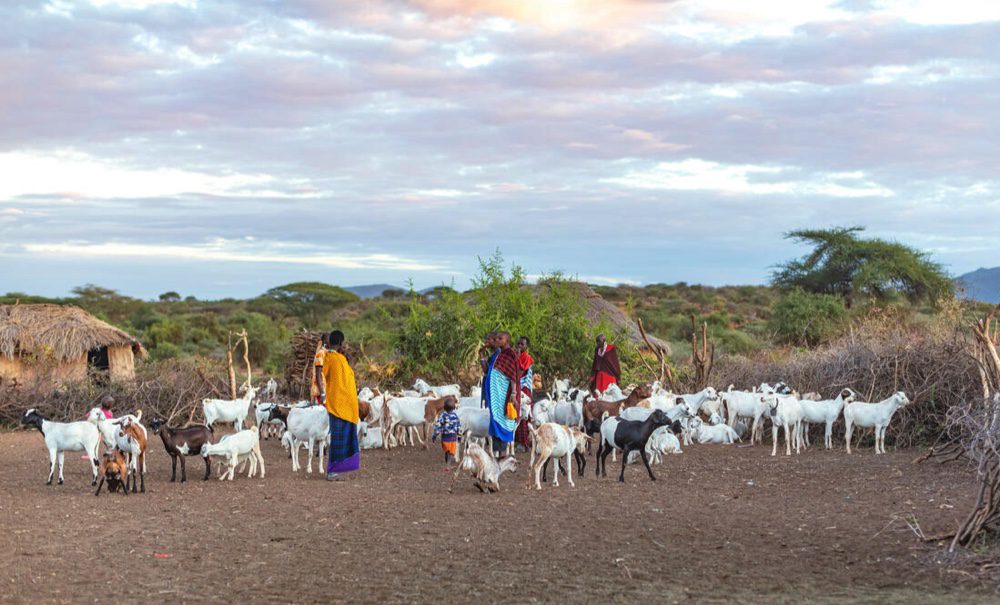
© HANS NGOTEYA / AFRICAN PEOPLE & WILDLIFE
This has included support for APW’s Human Wildlife Coexistence (HWC) Officers – more then 40 local people who are working to tackle human-wildlife conflict.
They understand the challenges local people face, and provide a rapid response to reports of livestock attacks or the presence of large carnivores. They also help to prevent retaliation against wild animals and provide information about the importance of apex predators in the Maasai ecosystem.
The HWC Officers also support communities to grow ‘living walls’ – trees planted alongside chain-link fencing to form an enclosure. As the trees grow, they provide a tall, thick fence to protect the animals inside from predators.
“Our living walls are 99.9% successful in preventing attacks on livestock, which results in fewer retaliatory lion killings,” explains Dr Laly Lichtenfeld, co-founder and CEO of APW. “No lions have been killed at homesteads where living walls are installed.”
Since the start of the project, 218 living walls have been installed, benefiting over 2,800 people and protecting more than 33,000 livestock animals (valued at over US$1.8 million).
Meet the Maasai elephant hero
Watch our short film about the elephants that live in the Maasai Mara – and WWF-Kenya’s David Leto, who’s working to protect them.
BANNER IMAGE: © HANS NGOTEYA / AFRICAN PEOPLE & WILDLIFE
You helped create a new national park in Colombia
Join our walrus watch!
You supported India’s first national snow leopard survey
More to explore
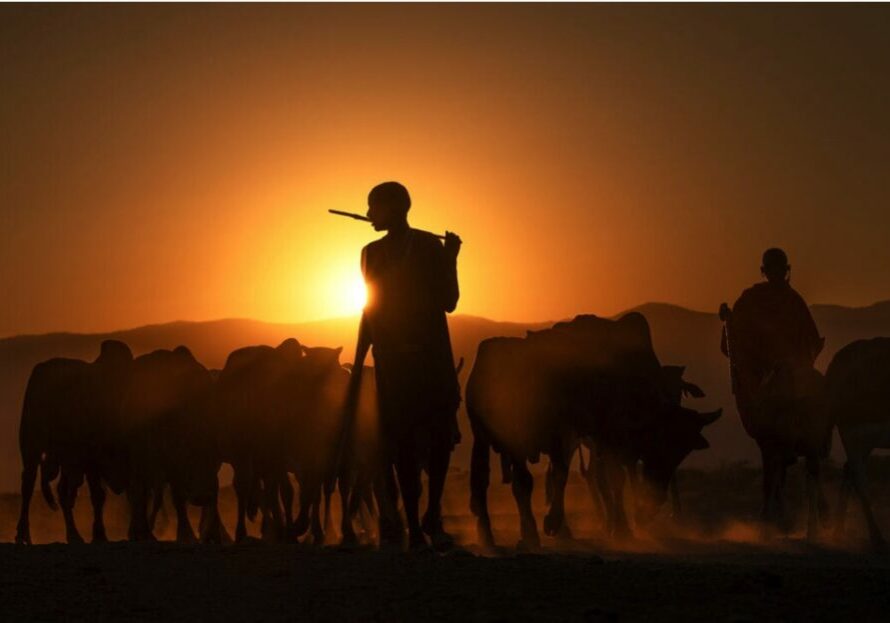
Kenyan coexistence: a plan for people and lions
Thanks to your support, farmers in Kenya can sleep more soundly at night as predators are kept at bay

